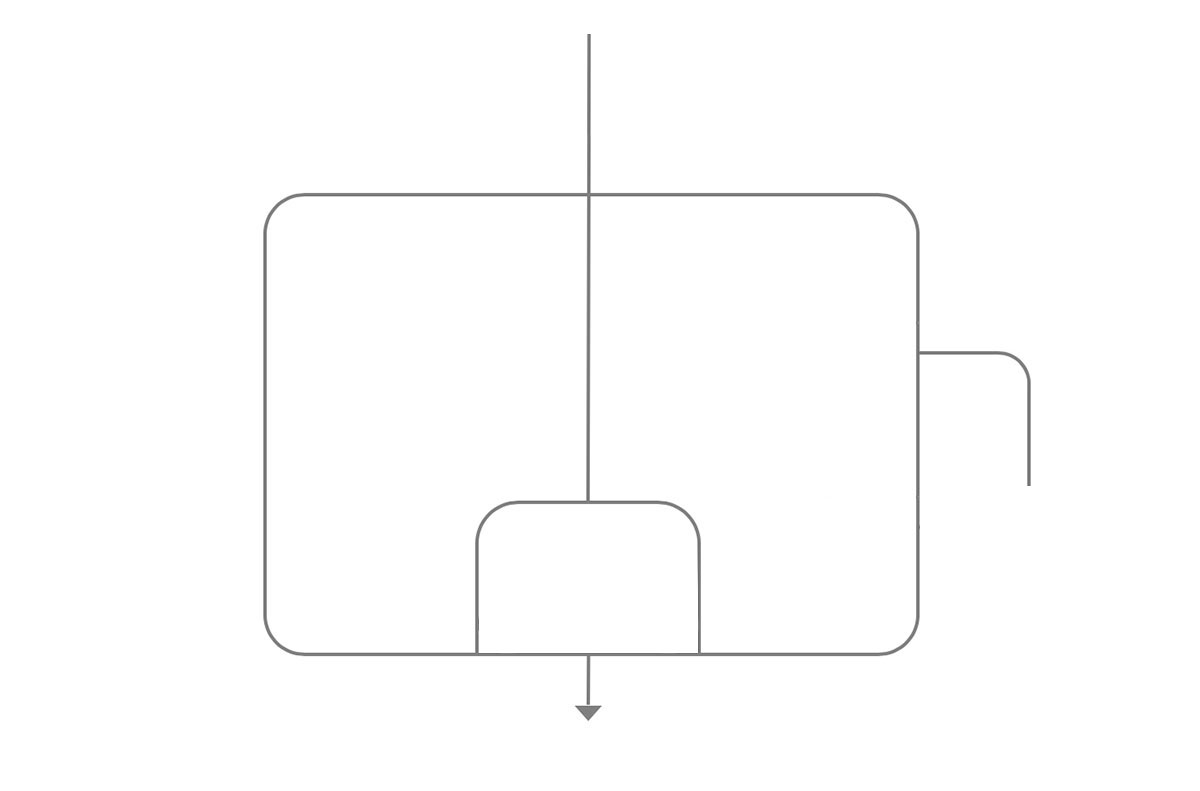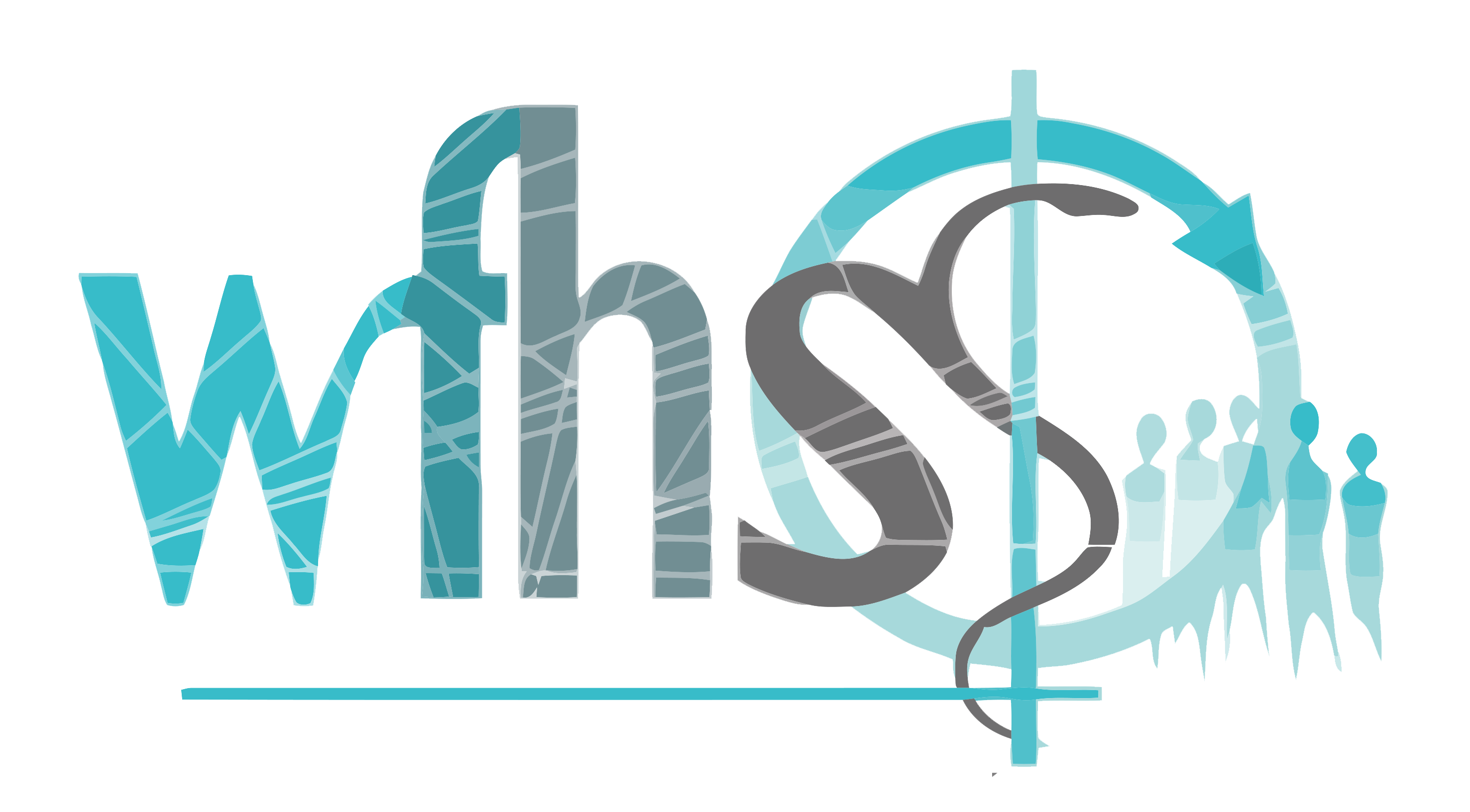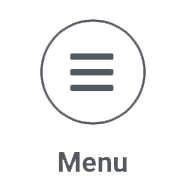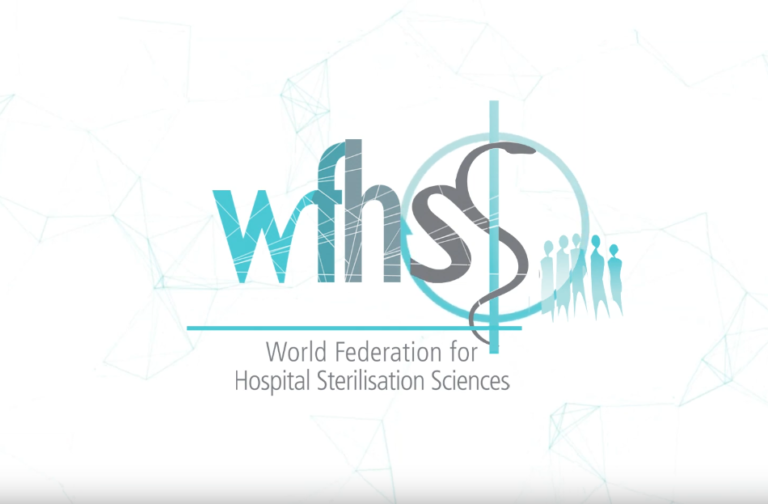就本指南而言,复用医疗器械 (RMD) 是指:
- 器械制造商明确不是一次性使用的物品。
- 器械制造商明确使用后可进行再处理的医疗器械。
![]() 本指南不涉及一次性医疗器械的再处理.
本指南不涉及一次性医疗器械的再处理.
RMD 可能是:
- 与皮肤、粘膜接触或进入人体的医疗或手术物品(例如,手术器械、软式内窥镜、牙科器械)。
- 与患者接触的诊断、监测、治疗设备的组件。
- 用于输送体液、组织或准备后续使用于人体的制剂(例如血液透析)的物品。
![]() 医疗器械法规因地区而异。 有些物品在某些地区可能不会作为医疗器械注册。
医疗器械法规因地区而异。 有些物品在某些地区可能不会作为医疗器械注册。
欧洲医疗器械法规将再处理定义为:
“对使用后的器械规范处置的过程,以保证其重复使用的安全。包括清洁、消毒、灭菌和相关程序,以及测试和保持使用后的器械的性能和功能的安全性”。
美国食品和药品监督局 (FDA) 将再处理定义为:
“对于用过或受到污染的医疗器械,执行经验证的过程使其适合下一次使用。这些过程旨在通过清洁去除污渍和污染物,并通过消毒或灭菌来灭活微生物。复用器械的再处理包括在器械使用现场附近开始的规范步骤,通常依次包括以下三个步骤:使用现场预处理……、彻底清洁……消毒或灭菌……”
再处理可由医疗机构执行或根据外包合同由外部组织完成。
再处理规范适用于从包装中取出的所有 RMD,即使它们没有被使用。
还可以对以下物品进行再处理:
- 借出或寄存的RMD,
- 维修后返回的RMD,
- 新RMD交付时并非无菌。 RMD 制造商可能会建议进行特定的再处理,以消除新器械上的制造过程污染残留和/或在首次使用前对器械进行灭菌。
为了器械保养人员的安全,送去进行保养的RMD必须进行清洁和消毒(提供再处理证书)
在 1960 年代后期E.H. Spaulding对用于患者护理的器械和物品根据其使用中的感染风险进行了分类。
- 高度危险性物品:进入人体无菌组织器官或脉管系统的物品。高度危险性 RMD如果被任何微生物污染, 存在极高感染风险。因此,进入无菌组织或脉管系统的物体必须是无菌的。任何微生物污染都可能传播疾病。例如:用于无菌体腔的手术器械、手术植入物、内窥镜或超声探头(如胆道镜)。
- 中度危险性物品:接触粘膜或破损皮肤的物品。粘膜可能是抵御少量常见细菌孢子的有效屏障。但是,其他生物体的存在会使人处于风险之中,例如细菌、分枝杆菌和病毒。中度危险性物品例如呼吸治疗和麻醉设备,以及一些软式内窥镜。
- 低度危险性物品:接触完整皮肤但不接触粘膜的物品。完整的皮肤是大多数微生物的有效屏障。低度危险性物品例如便盆和血压袖带。低度危险性的环境表面包括床边护栏、一些餐具、床头柜、病房家具和地板。在某些地区,成像系统的键盘和控制台也可能被归类为医疗设备,这些也属于低度危险性物品。
Spaulding分类的核心原则仍然有效,但随着时间的推移发生了变化。 例如:
- 微创手术增加了RMD 的整体复杂性。 管腔和精密器械的清洁可能很困难。带有严重污渍和严重污染物的软式十二指肠镜就是一个很好的例子,清洁的复杂性增加了风险,提倡有效清洁后进一步进行灭菌。
- 消毒灭菌方式的选择增多,难度加大,以当地规范为准。
热敏 RMD 需要若干个适合其材料和结构特性的周期。 一些耐热的微创手术器械使用高温灭菌时存在加速老化的现象(例如,腹腔镜设备)。一些国家允许使用低温灭菌;而其他国家则没有。 最近,也有器械的应用出现了高度危险性与中度危险性之间的交叉重叠。例如,使用无菌活检钳进行上消化道检查的内窥镜。 并非所有指南都遵循下面定义的 3 个消毒级别。
|
- 朊毒体、传染病爆发和易感人群(例如免疫功能低下的患者)更需强调护理单元和感染控制部门之间积极的沟通。
- 监管机构和国际标准的提高对医疗器械制造商提供优化的、经过验证的再处理指引产生了推动作用。
| 国际标准 ISO 17664-11 描述了要求 RMD 制造商提供高度危险性和中度危险性医疗器械的再处理信息。 RMD 制造商制定的指南应基于必要的风险分析和测试。 RMD 制造商确认所推荐的再处理方法是否在销售 RMD 的国家/地区是可用的 |
- 职业健康与安全以及环境考虑是关键因素。 例如,首选自动清洁方式,因为有更好的一致性且对操作员更安全。同时要遵循医疗废物管理规范。
朊毒体是一种小的有感染性的蛋白质单位,出现在各种人类和动物神经退行性疾病中,包括克雅氏病 (CJd)、牛海绵状脑病 (BSE,也称为疯牛病) 和痒病。
朊毒体病一直存在,但通常非常罕见。 朊毒体蛋白来源于一种正常的身体蛋白质,它会不可逆转地错误折叠。 朊毒体蛋白主要在中枢神经系统 (CNS) 中增殖。
1980 年代,在一些西欧国家牛肉被BSE感染,一种变异的克雅氏病在食用了受感染牛肉的人中传播。
朊毒体对消毒和灭菌具有很强的抵抗力。 在存在导致蛋白质凝固的物质时它们的抵抗力还会增加。
因此,一些国家实施了应对朊毒体的法规或指南,指导从 RMD上中去除或灭活朊毒体蛋白。 此类法规或指南是适用于特定国家的。 以下章节提供了有关应对朊毒体的信息(参考了某些国家或地区的建议或规范)。
通常基于患者筛查和对 CNS 手术(脑、脊髓或眼后部)的特别关注措施来制定策略。
有风险的患者或手术的应对措施示例如下:
- 尽可能选择一次性手术器械。
- 延长所使用的RMD在完成再处理流程后的存放周期,直到可以确认没有风险。
- 采用已有实验数据表明能够灭活朊毒体的处理过程(即破坏蛋白质而不仅仅是消除)。
| 国际标准 ISO 17664-11 描述了要求 RMD 制造商提供高度危险性和中度危险性医疗器械的再处理信息。 RMD 制造商制定的指南应基于必要的风险分析和测试。 RMD 制造商确认所推荐的再处理方法是否在销售 RMD 的国家/地区是可用的 |
应对朊毒体的法规或指南强调避免 RMD 上的污渍干涸的预防措施,并对涉及蛋白质凝固的工艺过程的使用提出相关的风险警告
| 已知的一些灭菌、清洁和消毒配方中会加强蛋白质(包括朊毒体)在 RMD 表面上的凝固。 例如,干热、环氧乙烷、醛类消毒灭菌剂如甲醛,戊二醛或酒精。已制定朊毒体监管法规的国家可能会禁止或不鼓励使用包含凝固剂成分的制剂,或要求在使用有潜在凝固后果的制剂之前,采用不含凝固剂的工艺进行彻底清洁 |
此外,一些地区可能会制定本地区的 RMD 蛋白质残留量标准,并对特定操作中使用的 RMD 采取额外的预防措施,例如与大脑、脊髓或眼后部相关的流程。
由于朊毒体管理因国家而异,故朊毒体的风险管理是由国家法规规定
医疗设备警戒系统用于提高患者安全,通过减少与RMD使用相关的事件再次发生的可能性,来保护医疗保健专业人员和其他RMD使用者的健康和安全。
各国制定了收集和分析事故报告的法规。
一些风险可能与RMD再处理流程有关。 RMD再处理部门必须做出降低风险的努力。
| 已知的一些灭菌、清洁和消毒配方中会加强蛋白质(包括朊毒体)在 RMD 表面上的凝固。 例如,干热、环氧乙烷、醛类消毒灭菌剂如甲醛,戊二醛或酒精。已制定朊毒体监管法规的国家可能会禁止或不鼓励使用包含凝固剂成分的制剂,或要求在使用有潜在凝固后果的制剂之前,采用不含凝固剂的工艺进行彻底清洁 |
遵循以下质量管理原则进行安全的再处理流程:
- RMD 制造商:IFU 包含经过验证的再处理指引。必要时需指明最多重复使用的次数。
- 再处理流程中涉及的设备和耗材的制造商:灭菌器、清洗消毒器、清洁剂和消毒剂等……符合国际标准和适用的法规。
- 医疗保健机构:在标准操作程序 (SOP)中详细定义所有再处理。再处理中的所有环节都关系到患者安全:干涸在 RMD 上的污渍更难清洁,未能正确清洁的 RMD 无法灭菌或消毒,不正确的包装、运输、储存或无菌取用都可能意味着RMD受到污染或 损坏。
通过过程确认,用户验证下面内容:
- 再处理设备安装符合制造商的指引
- 能获得IFU、测试和校准证书。
- SOP 是最新的。而且在必要时,应包括对特定风险(如朊毒体)的管理。
- 已制定了日常控制措施。
- 已执行了培训并获得培训证书。
- 知晓并实施职业健康和安全预防措施。
- 知晓并积极履行医疗设备警戒义务。
- 知晓并积极实施废物管理措施。
- 制定了器械再处理设备的保养计划。
- 追溯是可行的。

WFHSS 对 RMD 再处理的建议
WFHSS 对 RMD 再处理的建议
- 购买新的RMD 前应咨询负责器械再处理的人员。 医疗保健机构应确保能应用 RMD 制造商推荐的器械再处理的方法。 复杂的 RMD需要特别注意。
- 器械再处理的标准操作程序 (SOP)应遵循 RMD的IFU 和适用的指南。 如果需要对 RMD 制造商的 IFU 进行调整,则必须对其进行论证、风险评估和记录。 当 按Spaulding原则判定器械类别存在疑问时,应选择适用的最高类别。 如果发现缺陷,则根据适用的医疗设备警戒规范进行报告。
- 护理单元和院感控制部门合作组织和实施RMD 的再处理。 从使用现场使用后到下一次的无菌取用之间的措施都应是明确的。 充分考虑朊毒体风险、传染病爆发和易感人群这些因素。
- 已执行质量管理和工艺验证。

SOP’s according to Spaulding classification principles, Manufacturers IFU’s and applicable regulation
Go to ![]() Recommendations of WFHSS for reprocessing of RMD’s →
Recommendations of WFHSS for reprocessing of RMD’s →
contact with intact skin
Go to Spaulding classification principles →
2 of 13 l中度危险性contact with mucous or injured skin
Go to Spaulding classification principles →
3 of 13 高度危险性Contact with sterile tissue and vascular system
Go to Spaulding classification principles→
4 of 13 根据之前的使用情况评估风险(传染病爆发 - 朊毒体)In partnership with care or surgical user and infection control
Go to ![]() Recommendations of WFHSS for reprocessing of RMD’s →
Recommendations of WFHSS for reprocessing of RMD’s →
Thorough cleaning and preparation of RMD
Go to ![]() recommendation of WFHSS for RMD →
recommendation of WFHSS for RMD →
Level of disinfection according to risk
Go to ![]() recommendation of WFHSS for RMD →
recommendation of WFHSS for RMD →
Sterilization method according to RMD manufacturer IFU and applicable regulation
Go to ![]() Recommendations of WFHSS for reprocessing of RMD’s →
Recommendations of WFHSS for reprocessing of RMD’s →
According to applicable regulation
Go to prion risk →
9 of 13 RMD 可安全使用Functional, reprocessed according to manufacturer IFU’s and applicable regulation
Go to ![]() Recommendations of WFHSS for reprocessing of RMD’s →
Recommendations of WFHSS for reprocessing of RMD’s →
Consult services in charge of reprocessing before purchase of a new RDM
Go to![]() Recommendations of WFHSS for reprocessing of RMD’s →
Recommendations of WFHSS for reprocessing of RMD’s →
Validated processes
Go to ![]() recommendation of WFHSS for reprocessing of RMD’s →
recommendation of WFHSS for reprocessing of RMD’s →
Controls
Go to RMD and quality →
13 of 13- ISO 17664-1 : 医疗保健产品的处理 – 医疗器械制造商提供的处理医疗器械的信息













